Compared to MPLS, SD-WAN is cheaper, more secure and provides higher performance. On the other hand, MPLS is a reliable, private and stable technology. When the two technologies are combined they produce a hybrid WAN that delivers an intelligent, flexible and more private WAN for businesses.
Over recent years, the adoption of SD-WAN has increased with many businesses evaluating the differences between SD-WAN and MPLS networking with thoughts of replacing legacy technology with a newer more intelligent cloud technology. In this article, we define each technology, clarify the advantages and disadvantages of both as well as the key similarities and differences between them.
What is MPLS?
MPLS or Multiprotocol Label Switching is data packet forwarding technology that increases the speed and controls the flow of network traffic. With MPLS, data is directed on a route via label switched paths. These labels are pre-determined unidirectional paths between routers across an MPLS network.
What is SD-WAN?
SD-WAN or Software Defined Wide Area Network is the centralised application of software that makes the WAN more intelligent, secure and flexible by taking full advantage of directing traffic through any combination of transport services, including broadband internet, MPLS and LTE.
Similarities & Differences
Even though they are commonly compared with each other, these two data forwarding technologies are not the same.
SD-WAN is an overlay technology whereas MPLS is one of several options for the underlay (sitting between layers 2 and 3) that provides the connectivity for the SD-WAN network. They can and do work together as a hybrid WAN.
Other key differences include:
- MPLS is hardware
- SD-WAN is a virtualised infrastructure
- MPLS is a leased line that is dedicated to an organisation
- SD-WAN offers multiples types of network connections, including MPLS lines
Advantages of MPLS
- Reliable & predictable fixed level of bandwidth – MPLS provides a high quality of service due to the labels virtually encapsulating the data packets, reducing potential packet loss and keeping traffic flowing reliably – this predictability is essential to maintain real-time protocols such as VoIP
- Clean & secure connection – a desirable option for certain types of data where a high degree of reliability and privacy is required
- Private – MPLS is dedicated to an organisation and virtually isolated, so provides a high level of privacy and a baseline of hardware security
Disadvantages of MPLS
- Bandwidth cost – bandwidth is fixed, businesses have to lease a connection for their worst-case scenario, at times this results in bandwidth being unused and at other times constrained
- Reduced flexibility – scaling up or down requires contacting the supplier
- Performance and latency for multi-sited businesses – businesses that use SaaS across multiple sites will have reduced application performance due to data being directed back to the central hub rather than straight to the cloud
Advantages of SD-WAN
- Lower costs – there are no bandwidth penalties
- Higher performance and more uptime – multiple internet circuits allow the SD-WAN device to decide which route to pass traffic down and reduce latency
- Security virtualisation – businesses can see their security architecture and add additional layers of security when required
- Disaster recovery – support from multiple connection services like fibre ethernet, broadband and 4G/5G protects from total service outage
- Quicker provisioning and deployment – changes are instant
- Greater control – businesses scale up and down quickly via software rather than submitting a ticket via a third party
- Supports multi-sited businesses as well as geographically diverse businesses with greater flexibility and performance
 If your business needs to scale up and down bandwidth and requires a flexible and cost-effective solution that streamlines connectivity between multiple endpoints and cloud solutions, then SD-WAN is probably your best option.
If your business needs to scale up and down bandwidth and requires a flexible and cost-effective solution that streamlines connectivity between multiple endpoints and cloud solutions, then SD-WAN is probably your best option.
If your business is single-sited, has stable and consistent bandwidth requirements, then the reliability, simplicity and privacy of MPLS alone will be your preferred option.
However, if your business requires more complex networking across multiple sites with the need to scale up or down quickly then the combination of MPLS and SD-WAN to create a hybrid WAN is what you are looking for.
Hybrid WAN
A hybrid WAN design consists of an SD-WAN overlay with the underlay of MPLS and other underlay technologies. Combining the two technologies provides the following benefits:
- Flexibility – scale bandwidth demands quickly and easily
- Reliability – ensure critical traffic is delivered along a reliable MPLS connection
- High Performance – reduce any latency with traffic directed straight to the cloud where required
Choosing the correct data trafficking technology is dependent on your businesses requirements, Marlin can deliver a bespoke solution for your business to keep your communications future-proof. Click here to book a no obligatory discovery call to assess your businesses requirements and future needs.
About Marlin Communications
Marlin Communications is an award-winning, leading provider of Unified Communications & collaboration solutions including voice, data, mobile, video, network security and contact centre technology for businesses of 50 – 5,000 staff.
We have clients across the south of England and in Europe and our own, on-premises, 1,000 ft² Technology Suite at our Bath office, where we host regular events and showcase technology solutions for our clients. Contact us for your free comms audit or product demo.
Get the latest tech news & reviews – straight to your inbox
Sign up to receive exclusive business communications, tech content, new tech launches, tips, articles and more.


